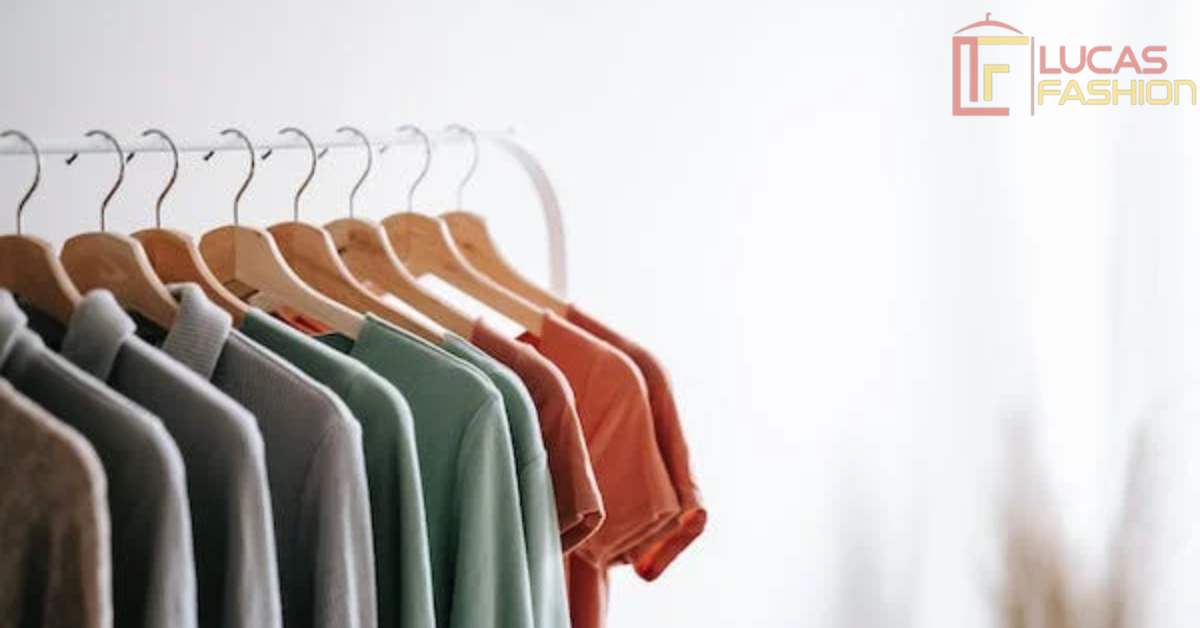
Designing a t-shirt is an exciting and creative process that allows you to express yourself and showcase your unique style. Whether you’re an aspiring fashion designer or someone looking to create personalized t-shirts for an event or business, this article will guide you through the process of designing a t-shirt from start to finish.
Define How to Design a T-Shirt Your Purpose and Audience
Before diving into the design process, it’s essential to identify the purpose of your t-shirt and the target audience. Are you creating t-shirts for a sports team, a charity event, or a clothing line? Understanding the purpose and the people you want to appeal to will help you create a more effective and impactful design.
Research Current Trends and Inspirations
Staying up-to-date with the latest fashion trends and seeking design inspirations can spark your creativity. Browse through fashion magazines, online platforms, and social media to gather ideas that resonate with your vision for the t-shirt design.
Choose the Right Colors
Colors play a crucial role in t-shirt design, as they evoke emotions and convey messages. Select colors that align with your purpose and the mood you want to create. Consider the contrast between the background and the design elements to ensure readability and visual appeal.
Typography Matters
The font you choose can significantly impact the overall look of your t-shirt design. Opt for legible fonts that match the theme and tone of your message. Experiment with different font styles to find the perfect fit for your design.
Sketch Your Ideas
Start by sketching rough drafts of your design ideas on paper. This allows you to visualize the layout and make necessary adjustments before moving to digital platforms.
Utilize Design Software
Bring your sketches to life using design software like Adobe Illustrator or CorelDRAW. These tools provide a wide range of features and options to fine-tune your design with precision.
Balance Creativity and Simplicity
While it’s essential to let your creativity flow, remember that simplicity often resonates better with the audience. Avoid cluttering the design with too many elements and strive for a balanced and clean layout.
Incorporate Branding Elements
If you’re designing t-shirts for a brand or business, integrating branding elements such as logos or slogans will help create brand recognition and identity.
Test the Design
Before finalizing the design, consider seeking feedback from friends, colleagues, or your target audience. This feedback will provide valuable insights and help you make any necessary improvements.
Select Quality Fabric and Printing Method
The choice of fabric and printing method can significantly impact the final product’s quality. Research different fabric options and printing techniques to ensure the best outcome for your t-shirts.
Sustainability and Ethical Considerations
In today’s world, ethical and sustainable fashion is gaining popularity. Consider using eco-friendly materials and working with manufacturers that follow ethical practices.
Production and Quality Control
Once the design is ready, choose a reliable manufacturer for production. Ensure that the t-shirts undergo rigorous quality control checks before reaching the customers.
Marketing and Promotion
Designing a fantastic t-shirt is just the first step. To make it a success, invest in marketing and promotion strategies. Utilize social media, influencer marketing, and collaborations to increase visibility and sales.
Addressing Customer Feedback
Listen to your customers’ feedback and continuously improve your designs and products based on their preferences and suggestions.
Conclusion
Designing a t-shirt is a dynamic process that involves creativity, market awareness, and understanding your target audience. By following the steps outlined in this guide, you can create captivating t-shirts that leave a lasting impression. Remember to strike a balance between innovation and simplicity, and always stay true to your brand’s identity.
FAQs
1. Can I design a t-shirt without any design experience?
Absolutely! With the right tools and inspiration, anyone can design a t-shirt that reflects their style and vision.
2. Which printing method is best for t-shirt designs?
There are various printing methods available, such as screen printing, heat transfer, and direct-to-garment (DTG). The best method depends on factors like the complexity of the design and the fabric type.
3. How can I ensure the colors on my t-shirt match my design?
To ensure color accuracy, request a sample print before proceeding with the full production.
4. Is it better to design for a specific niche or a broader audience?
Designing for a specific niche allows you to target a more defined audience, but broader designs may attract a larger customer base.
5. What is the average cost of designing a t-shirt?
The cost can vary depending on factors such as design complexity, fabric quality, and printing method. It’s essential to research and compare prices from different suppliers.
